Growing green, yellow, and red peppers is an easy thing to do, but pepper plants can suffer if they are overwatered. It can be difficult to determine just how much water pepper plants need. Too much water can cause fungal root rot, yellowing leaves, it can wash away nutrients and cause the leaves to turn yellow and wilt.
You should never water pepper plants so much that the soil is soaked because this will stop the roots from getting the oxygen and nutrients they need for the plant to thrive.
If you find you’ve already overwatered your pepper plants and you’re not sure what to do about it, just follow these five steps to take care of the problem.
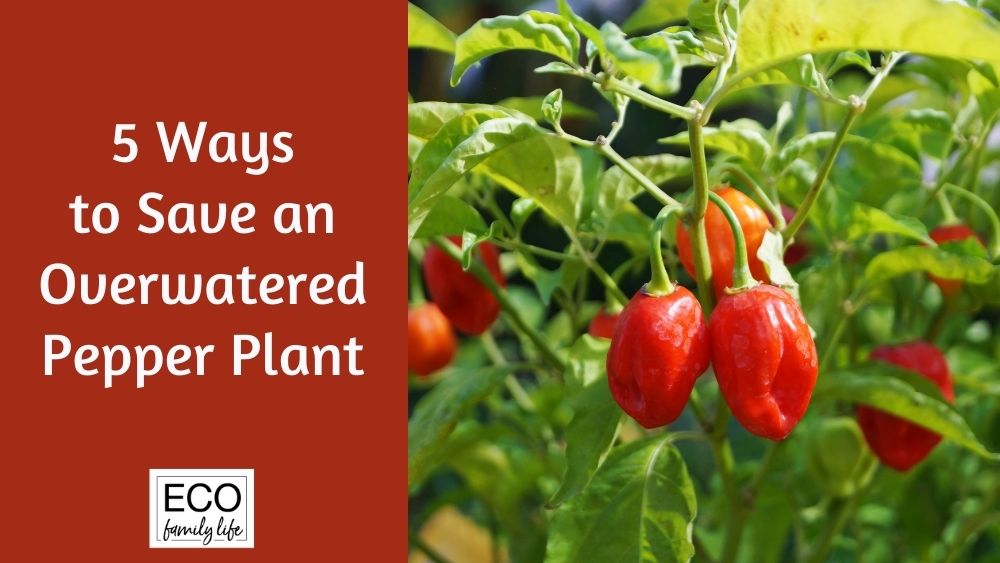
How to Know if your Pepper Plant has Been Overwatered
Here are the top ways to know if your pepper plant has been overwatered. Look out for these signs on your plant to see if overwatering is the problem.
- Droopy leaves
- Yellowing leaves
- Curling leaves
- Stunted growth
- Rotting roots
Wilting leaves can be a sign of overwatering but it can also indicate underwatering or too much heat. If you inspect the plants carefully and learn what to look for, it becomes much easier to determine what the problem is.
How to Save an Overwatered Pepper Plant
Here are 5 easy steps to follow to save your overwatered pepper plant.
1. Stop Watering the Plants Immediately
Once you realize you’ve overwatered the plants, stop watering them right away. If you think they just need a little more water and you’re tempted to give them that, resist the urge! If they’re already overwatered, the leaves of the plants can start to turn yellow and even wilt if you add any more water to them.
Avoid giving the plants anymore water until the soil is completely dried out. Stick your finger into the soil several inches down, and if you feel any dampness, wait a little longer to water your pepper plants.
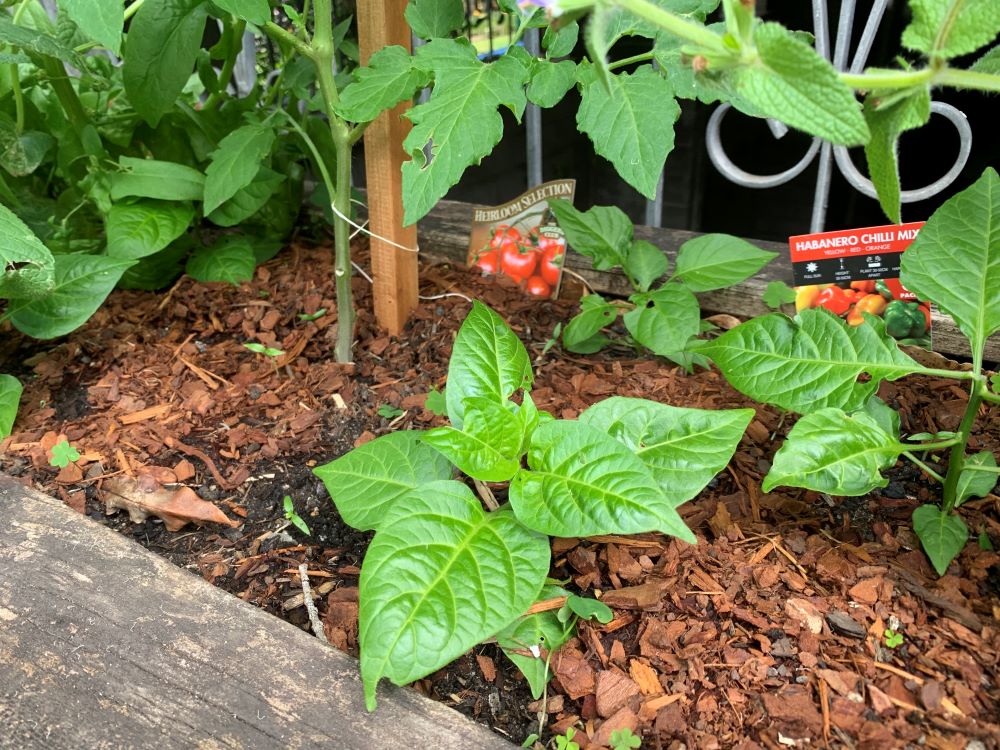
You can also stick a popsicle stick into the soil 2 inches down and if soil sticks to the stick, then there is still moisture in the soil. You can wait another 1-2 days before watering.
2. Provide pepper plants with shade while they recover
Potted pepper plants can be moved into part shade as they recover from overwatering. They will be stressed so allowing the soil to dry slowly can help them to recover.
If your pepper plants are outside in the ground, you can install some stakes and some shade cloth to make sure they don’t dry out too quickly. It’s a little more challenging to put the plants in a shady spot when they are planted outdoors, but it’s a lot easier with some shade cloth and some stakes.
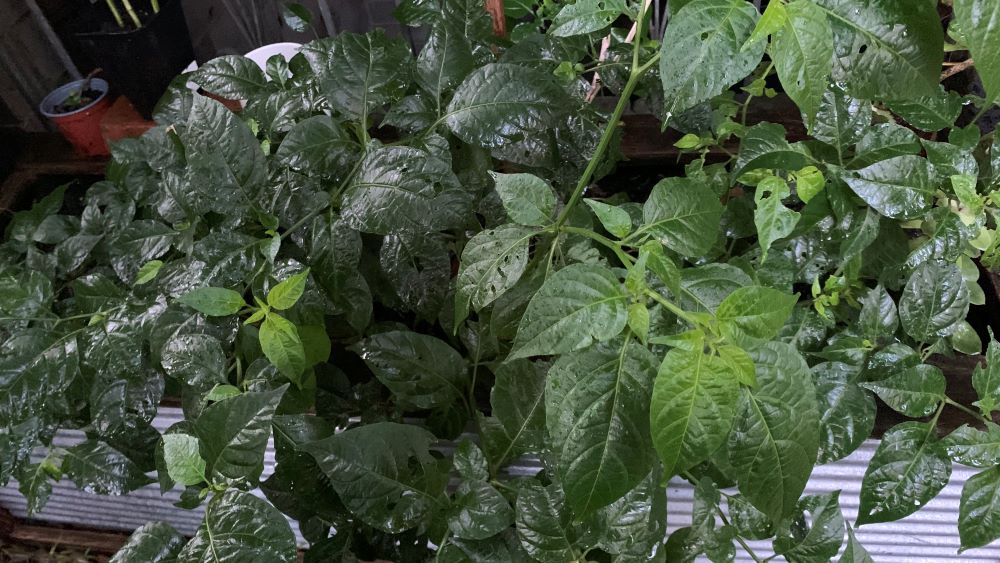
3. Remove the Dead Parts of the Plant
Pepper plants that are dying or already overwatered need to be pruned so that you can get rid of both root rot and the leaves that are dying. Prune off any leaves that have turned brown and any roots sticking out the bottom of the pot. If you are repotting your plant, trim off any damaged roots and plant it into new potting soil.
If the leaves have turned yellow or they have wilted you won’t need to prune them. These leaves can return to green once the plant is allowed to dry out gradually.
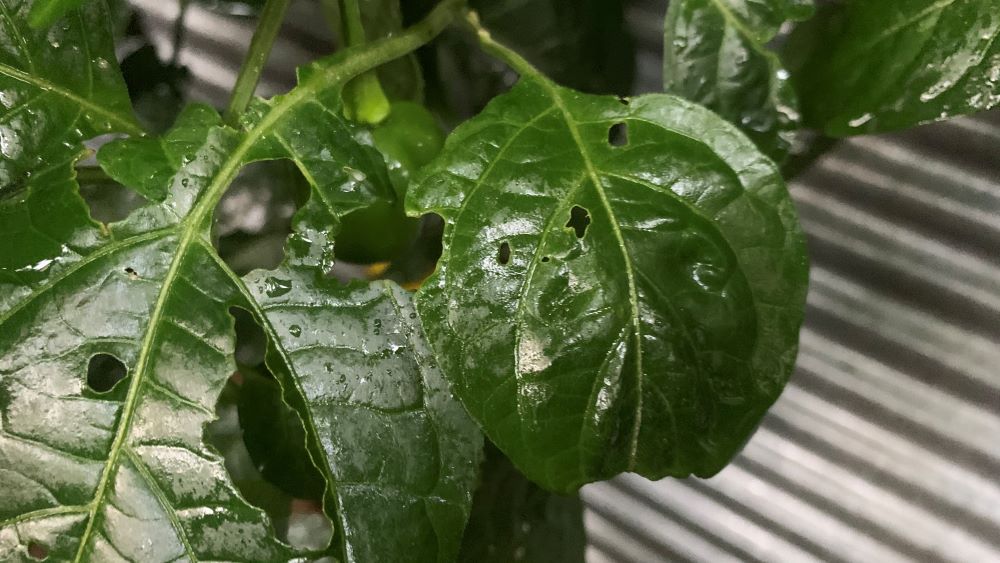
When you first cut off the dead roots and leaves, your pepper plant might look shabby for a while, but it will recover with new leaves and roots quickly.
4. Make sure the plant drains well
Improper drainage can be a major cause of overwatering pepper plants. You’ll need to look at two things: the soil itself, which should drain easily; and the pot that you’re using, which should have plenty of drainage holes drilled into it.
If your peppers are planted in the ground, try to plant them in mounds, or in a buildup of soil so that any excess water drains into the soil and not where the roots are located. You can also mix organic matter through the soil first like aged manure and compost to help the soil to drain well.

If the pot your peppers are growing in has less than 5 holes in them you can drill some more. This will make sure that water is not sitting in the bottom of the pot. Avoid leaving pots on pot trays full of water. You can lift them up with pot feet or fill the tray with pebbles to lift the pot slightly.
5. Slowly Bring the Plants Back into the Sunlight
After you’re sure that the soil in your pepper plant has dried out, you can slowly reintroduce it to full sunlight. The key is to do this slowly because if you do this too fast it will put the plant under too much stress which will make the problem worse.
You can start by giving the plant a few hours of sun in the morning, then gradually give it more sun until it is in the sun most of the day. Do this by moving your pots around or providing temporary shade for your in-ground pepper plants.
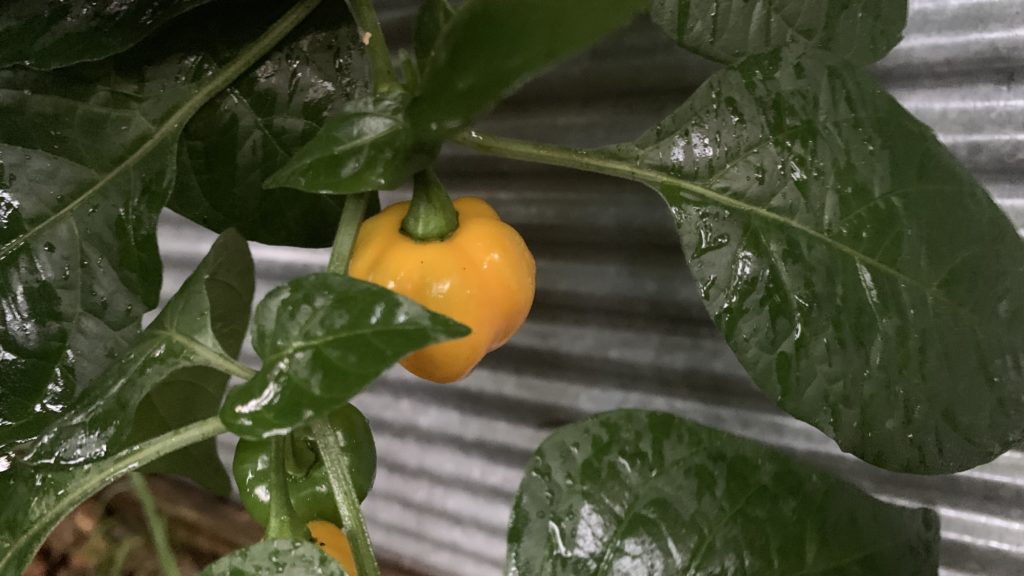
Conclusion
Overwatered pepper plants can be saved if you catch the problem early. Refresh the soil of potted pepper plants if they have started to develop mold on the surface. New soil will add back oxygen, nutrients and allow the roots to recover.
Allow the plant to slowly dry out if it is planted in the ground. You can then return to watering when the soil has dried out above the top 2 inches. Surround the plant with straw or bark mulch to help to regulate the water absorbed by the soil.
The process to help pepper plants recover from overwatering is sometimes a slow one, but it’s an easy one nonetheless. Eventually, you can bring the plants back to life in most cases, especially if you have patience and you know just what to do. Pepper plants are a great addition to any garden and overwatering them is not as much of a problem if you know what to do when this happens.
I am an accredited practicing dietitian, experienced gardener and a dedicated cook. I love writing and sharing my experience so you can learn from my successes and mistakes.
